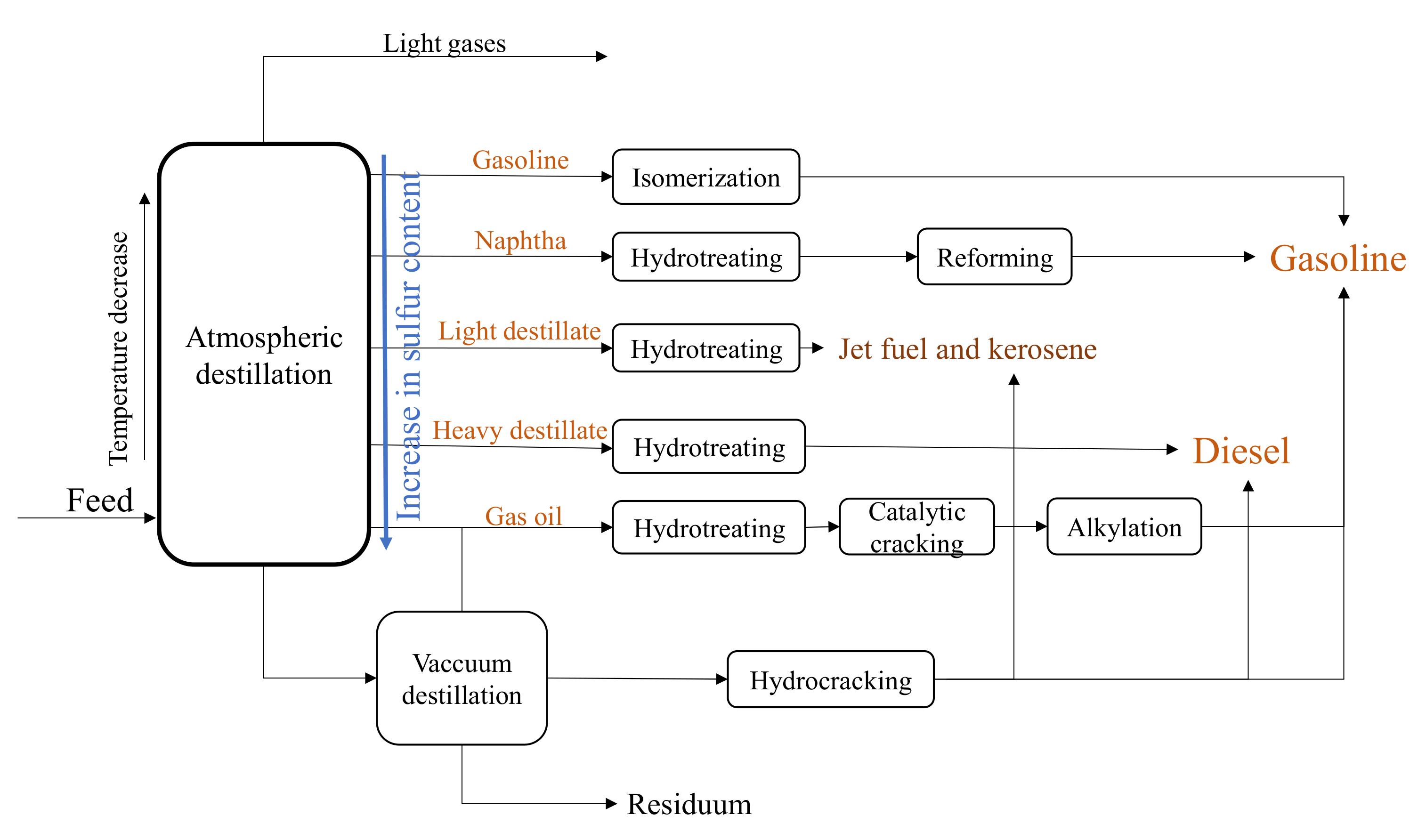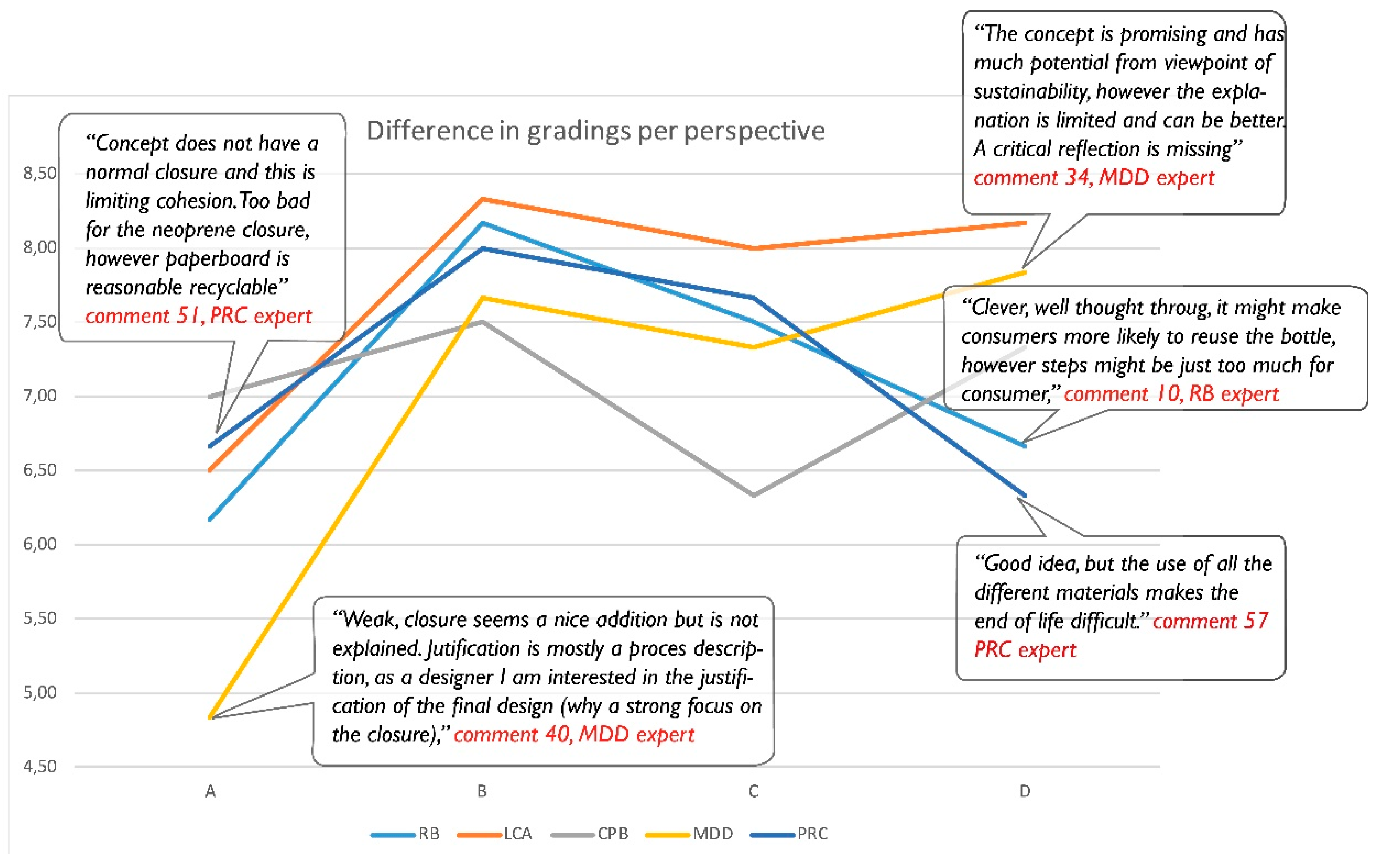
The trade-offs between food safety and security are fraught with challenges, e.g., when constructing circular food production systems where nutrients are recycled, one could also get a cycle accumulating pathogens. Several approaches are possible for achieving sustainability and food security, such as limiting food losses and waste, eating more plant based foods or recycling foodstuffs. Hence, we need novel solutions for our future food security and sustainability without compromising food safety to achieve the United Nations sustainable development goals (SDG) including eradication of hunger and poverty, clean water, sustainable land use, responsible production and consumption, mitigating climate change, and sustainable life on land and water. This paper will argue that in the long run the aims of food safety and security must be aligned to achieve sustainability, and the trade-offs between these three goals must be managed carefully and based on evidence. Solutions to sustainability and food security should integrate food safety considerations from the start.įood safety and security are two complementing elements of our sustainable future. A changed diet-eating more plant-based foods and not eating animal protein produced by edible feedstuffs, and source reduction of the food lost or wasted should enable us to feed at least an additional billion persons. By using artificial intelligence and intelligent packaging major progress is possible, with the added benefit of better control of food fraud. Source reduction i.e., limiting food losses and waste appears to the strategy most promising for achieving sustainability. If one avoids that cycles of nutrients become cycles of pathogens and/or hazards, circular food production systems will a major contribution to the future sustainable food security. A sustainable future requires control of antimicrobial resistance. In this regard could our future trade-offs be informed by the experiences from the use of antimicrobials to intensify food production and from the outbreak of bovine spongiform encephalopathy (BSE) in terms of circular food production? There is no trade-off between intensification of food production aided by antimicrobials and the public health risks from antimicrobial resistance due to the zoo-technical use of antimicrobials. Intensification of food production and circular food systems could be parts of these solutions to future food security. This paper will explore the trade-offs inherent when aiming at triple goals of sustainability, food security, and safety looking at these strategies for reducing food losses and waste and resource footprints. The hierarchy of strategies for reducing food losses and waste are in descending order source reduction, reusing or reprocessing surplus foods, recycle food as feed for animals, recover the energy as biofuels, nutrients as compost, or raw materials for industry, while as last resorts one may consider recovering the energy by incineration or dumping as garbage in landfills.

To feed 10 billion persons 2050, we need to get the trade-offs right between sustainability, food security, food safety, and make better use of food already produced.

The United Nations sustainable development goals include eradication of hunger.



 0 kommentar(er)
0 kommentar(er)
